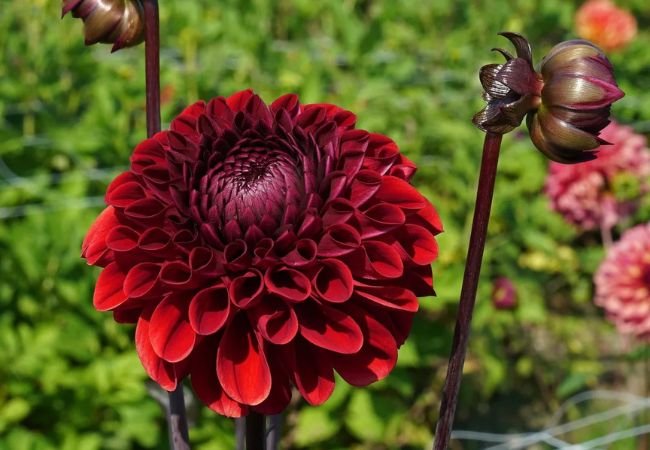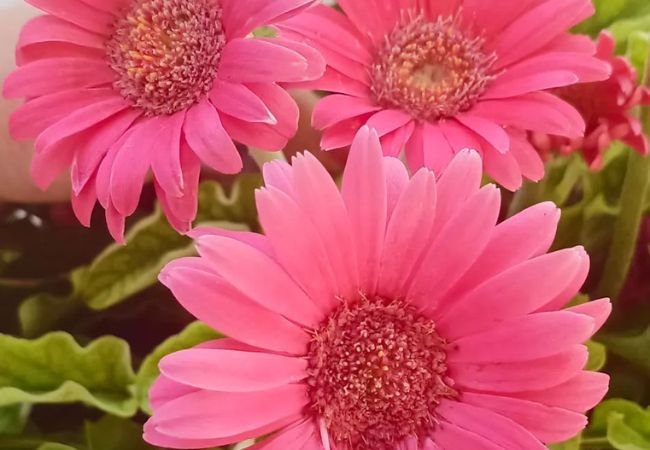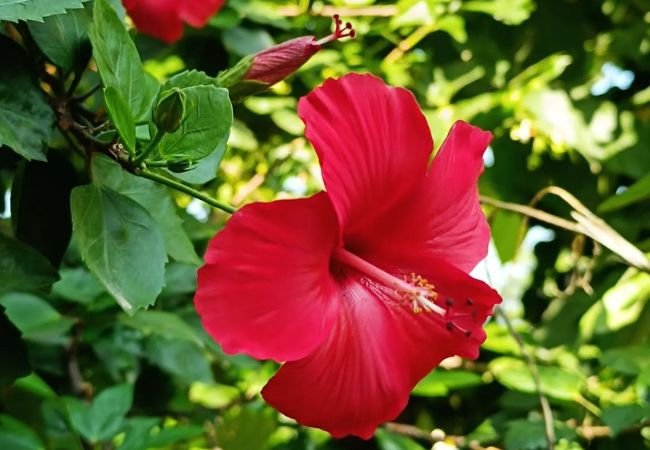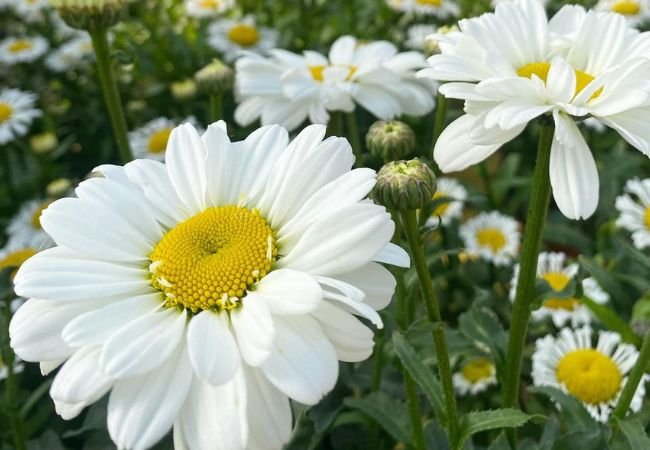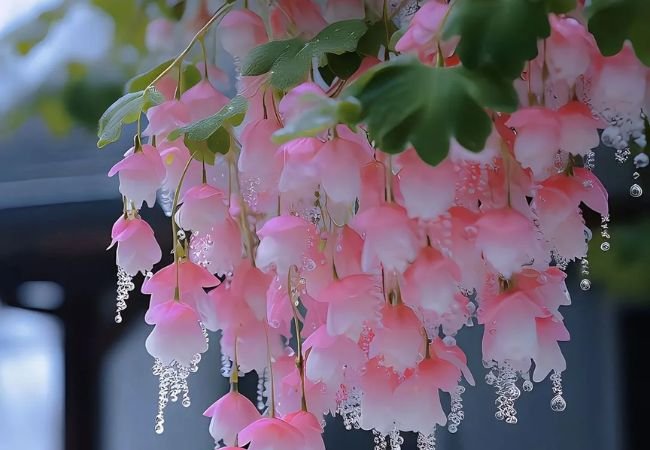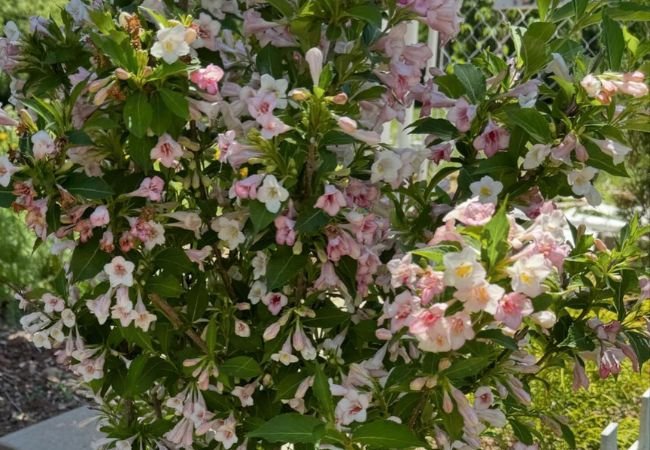Wisteria Wonders: Tips for Cultivating Vibrant and Fragrant Blooms
Transform your garden into a breathtaking oasis with wisteria, a remarkable flowering vine known for its cascading clusters of fragrant blooms in shades of purple, white, and pink. Our comprehensive guide covers everything you need to know to cultivate and maintain a healthy, vibrant wisteria, ensuring your garden becomes the envy of the neighborhood. Learn about the unique needs of wisteria and gain the patience and dedication required for successful growth.
Wisteria is a genus of flowering vines that has captured the hearts of gardeners around the world. With their cascading clusters of fragrant blooms in shades of purple, white and pink, these plants are a true showstopper. However, growing wisteria requires proper care and attention to ensure their success. In this guide, we’ll cover everything you need to know to cultivate a healthy and vibrant wisteria that will be the centerpiece of your garden.
Here’s an easy chart for Wisteria (Wisteria spp.):
| Aspect | Information |
|---|---|
| Botanical Name | Wisteria spp. |
| Common Name | Wisteria |
| Plant Type | Deciduous vine |
| Zones | 4-9 (varies by species and cultivar) |
| Sun Exposure | Full sun to partial shade |
| Soil Type | Well-drained, fertile soil |
| Bloom Time | Spring to early summer |
| Flower Color | Purple, blue, white, pink |
| Height/Spread | 10-30 feet or more (depends on support) |
| Special Features | Fragrant flowers, attracts pollinators |
Variety Selection: Finding the Perfect Fit

Before embarking on your wisteria journey, it’s crucial to select the right variety for your climate and growing conditions. Here are some popular options to consider:
Chinese Wisteria (Wisteria sinensis)
Hardy and widely cultivated, this variety produces stunning purple or white flowers and is suitable for USDA zones 5-9.
Japanese Wisteria (Wisteria floribunda)
Renowned for its long, pendulous clusters of purple or white blooms, this variety thrives in USDA zones 4-9.
American Wisteria (Wisteria frutescens)
Native to the southeastern United States, this variety boasts smaller but equally beautiful purple or white flower clusters and is suitable for USDA zones 5-9.
Silky Wisteria (Wisteria brachybotrys)
Originating from Japan, this variety features compact clusters of fragrant, pale purple or white flowers and grows well in USDA zones 5-9.
When selecting your wisteria variety, consider factors such as bloom time, flower color and the overall size and growth habit of the plant to ensure it aligns with your garden’s aesthetic and space requirements.
Planting and Care
Once you’ve chosen your wisteria variety, it’s time to plant and provide the proper care to ensure its success.
Site Selection and Planting
Wisteria thrives in full sun and well-draining soil. Choose a location that receives at least 6 hours of direct sunlight per day. Plant your wisteria in early spring or fall, digging a hole twice as wide and just as deep as the root ball. Amend the soil with compost or well-rotted manure to improve drainage and nutrient content.
Watering
Consistent moisture is essential for establishing your wisteria. Water deeply and regularly, especially during the first year of growth. Once established, wisteria will be more drought-tolerant but still requires occasional deep watering during dry spells.
Pruning
Pruning is a crucial aspect of wisteria care, as it promotes flowering and maintains the plant’s shape. Prune in late winter or early spring before new growth emerges. Remove any dead or damaged branches and thin out the vines to allow for better air circulation.
Support
Wisteria vines can become quite heavy, so it’s essential to provide sturdy support, such as a trellis or pergola. This will guide their growth and prevent damage to the plant or surrounding structures.
Fertilizing
Apply a balanced, slow-release fertilizer in early spring to provide essential nutrients for healthy growth and abundant flowering.
Training and Shaping
Unleashing Wisteria’s Versatility One of the unique aspects of growing wisteria is the ability to train and shape the vines according to your desired aesthetic. These versatile plants can be trained to grow along trellises, arbors, pergolas or even as a standard tree form.
For trellises and arbors, start training the vines early by gently guiding the young shoots and tying them to the support structure. As the plant matures, continue to weave the vines through the trellis or arbor, ensuring they receive adequate sunlight and air circulation.
To create a standard tree form, select a single, strong shoot and remove all other side shoots. Stake the shoot and train it upward, removing any side branches until you reach the desired height for the “trunk.” Once the desired height is reached, allow the top to branch out and form the head of the tree.Regardless of the training method you choose, patience and consistency are key. Wisteria can take several years to develop the desired form but the end result is a truly unique and beautiful plant structure.
Common Challenges and Solutions
Like any plant, wisteria can face its fair share of challenges. Here are some common issues and how to address them:
Lack of Flowering
If your wisteria is not blooming, it could be due to improper pruning, lack of sunlight or over-fertilization. Ensure proper pruning techniques, provide adequate sunlight and avoid excessive nitrogen fertilizers.
Pests and Diseases
Wisteria can be susceptible to pests like aphids, scale insects, and borers, as well as diseases like leaf spot, powdery mildew and root rot. Regular monitoring and appropriate treatment are essential for maintaining plant health.
Invasiveness
Wisteria can be quite aggressive and invasive if not properly managed. Regularly prune and contain the vines to prevent them from spreading and damaging structures or other plants.
Propagation
Expanding Your Wisteria Collection In addition to purchasing nursery-grown plants, wisteria can also be propagated through various methods, allowing you to share or expand your collection.
Stem Cuttings
Take 6-8 inch stem cuttings from new growth in late spring or early summer. Remove the lower leaves, dip the cut end in rooting hormone and plant the cuttings in a well-draining potting mix. Keep the soil moist and provide shade until the cuttings develop roots.
Layering
This method involves burying a low-growing stem or branch in the soil while still attached to the parent plant. Once the buried portion develops roots, it can be severed from the parent plant and transplanted.
Seed Propagation
Collect and plant wisteria seeds, but keep in mind that seed-grown plants may not grow true to the parent plant’s characteristics and can take several years to reach flowering maturity.
With its stunning blooms, intoxicating fragrance, and versatile growth habits, wisteria is a true gem in the gardening world. By following the guidance outlined in this article and being patient and attentive to your plant’s needs, you can cultivate a vibrant and healthy wisteria that will be the envy of your neighborhood for years to come.

